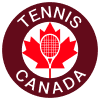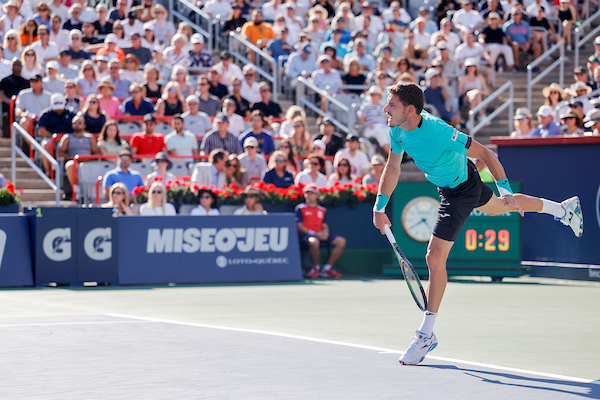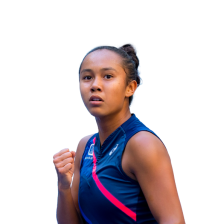ATP, WTA, ITF, TC, NBO ... they can sound like alphabet soup! But who’s running the wide world of tennis? The answer is pretty straightforward, actually.
Let’s get into it.
ATP
Founded in 1972, the Association of Tennis Professionals (ATP) governs most of the men’s professional tennis tournaments worldwide, apart from the Slams (Australia, France, Great Britain and the US), International Tennis Federation (ITF) tournaments, Olympics and wheelchair tennis championships.
Since August 23, 1973, the ATP has compiled a ranking released 44 times a year that accounts for the players’ results over the past 12 months.
The organization also ensures the technical supervision of different competition tiers. The players who want to move up in the rankings or bounce back after some time off compete in the second-highest category: at Challenger 75, 100 and 125 tournaments (based on the number of points the winner receives). There are seven Challenger events in Canada.
The top category is reserved for the top players: the ATP 250 and 500 and the Masters 1000 including the NBO. At the end of the season, the Top 8 in singles and doubles receive an invitation to the Nitto ATP Finals—a highly competitive showdown with 1,500 points up for grabs for the champions.
WTA
In 1973, the Original 9—the iconic Billie Jean King and eight of her fellow players—created the Women’s Tennis Association.

Since November 3, 1975, the WTA has compiled a ranking that’s only slightly different from the ATP’s.
The highest competition category consists of the WTA 125, 250, 500 and 1000 tournaments including the NBO. At the end of the season, the Top 8 in singles and doubles fight for supremacy at the WTA Finals.
ITF
Assembled in 1911, the International Tennis Federation brings together 210 tennis nations and oversees the sport on a global scale. Under the aegis of the ITF are the four Slams, which award 2,000 points to the champions, Davis Cup, Billie Jean King Cup, the Olympic and Paralympic competitions and the ITF tournaments with prize money ranging from $15,000 to $100,000, depending on the category. The Federation also organizes wheelchair tennis and issues rules and codes that countries pledge to follow.
Tennis Canada
With the support of the Provincial and Territorial Tennis Associations (PTTA), Tennis Canada (TC) governs tennis from coast, to coast, to coast. All the tournaments held in Canada must have TC’s seal of approval.
Initiated in 1890, Tennis Canada is responsible for promoting the sport, developing players, supporting community players and elite athletes, providing training for officials and coaches, renovating and building outdoor courts and overseeing the national teams: U15, juniors, wheelchair tennis, Davis Cup, Billie Jean King Cup, Olympic and Paralympic.
TC is a non-profit organization. Generous donors and the profits from the NBO tournaments ensure the lion’s share of its budget.
NBO
Held in Montréal and Toronto every August, the National Bank Open (NBO) is the flagship tournament in Canadian tennis. In even years, the ATP heads to Québec and the WTA to Ontario, and vice-versa in odd years.
Each tournament features singles and doubles competitions with 56 players and 28 teams in the mix. In singles, two qualifying rounds give 8 competitors the chance to join the 44 who go directly to the main draw based on their ranking and the 4 who receive a wild card from Tennis Canada.
In the main draw, there are 16 seeded players, and the top 8 automatically advance to round 2 with a first-round bye. Starting next year, the NBO will open its ten-day main draw to 96 players, and by 2027, the tournament will award equal prize money to the WTA and ATP players. The doubles title is decided between 28 teams: 25 that are entered and 3 that earn a wild card.










